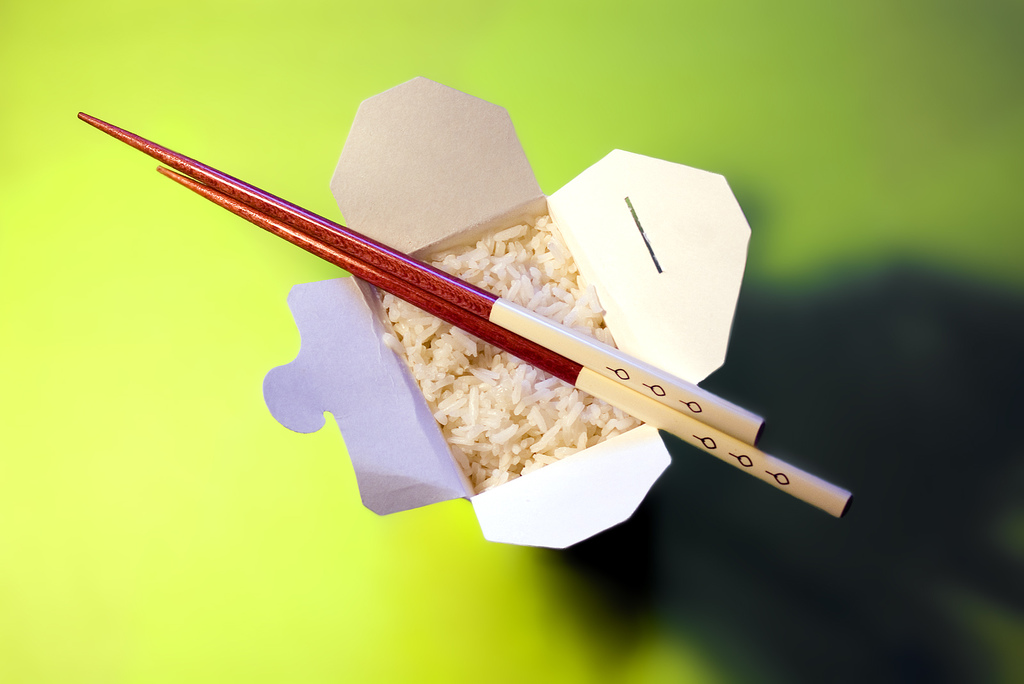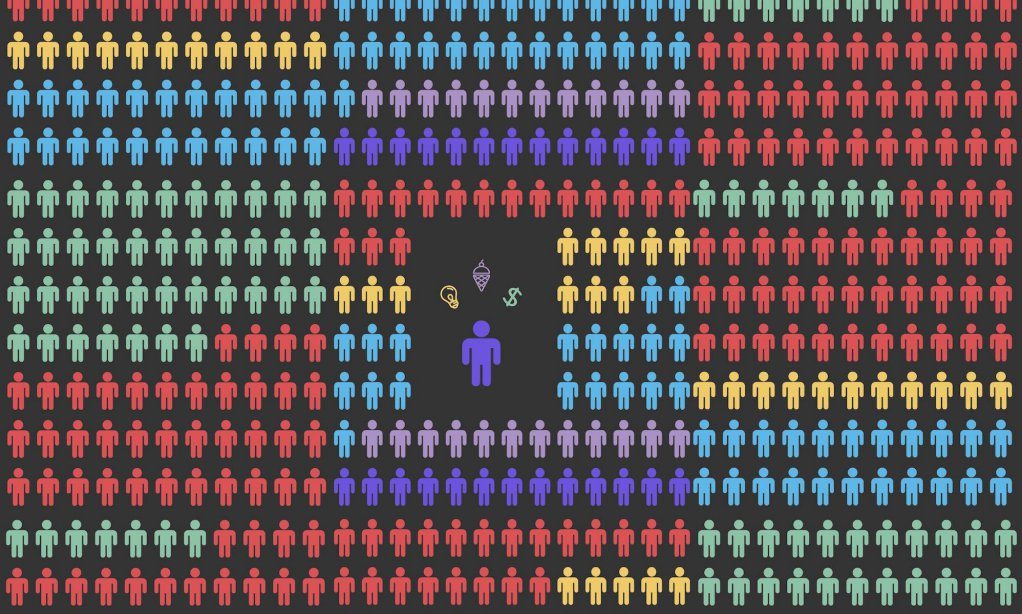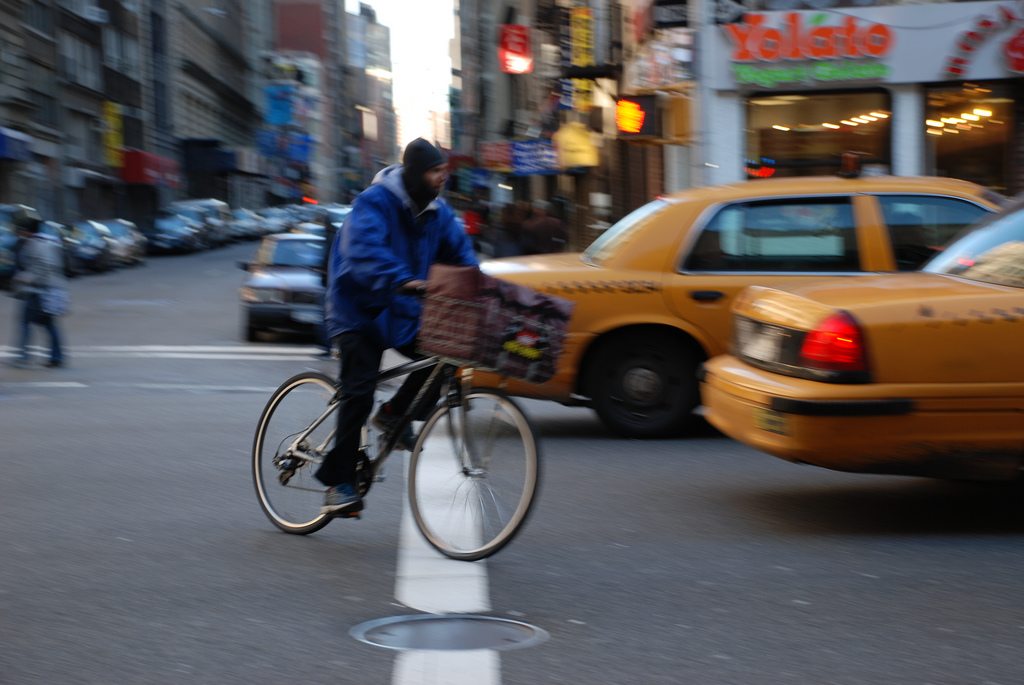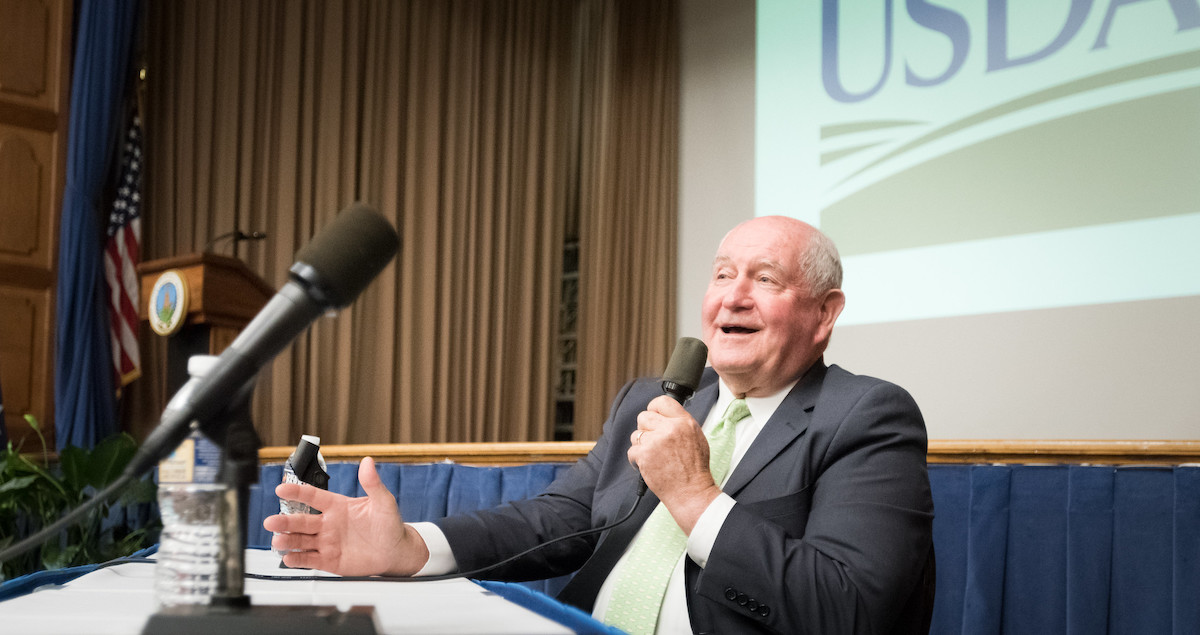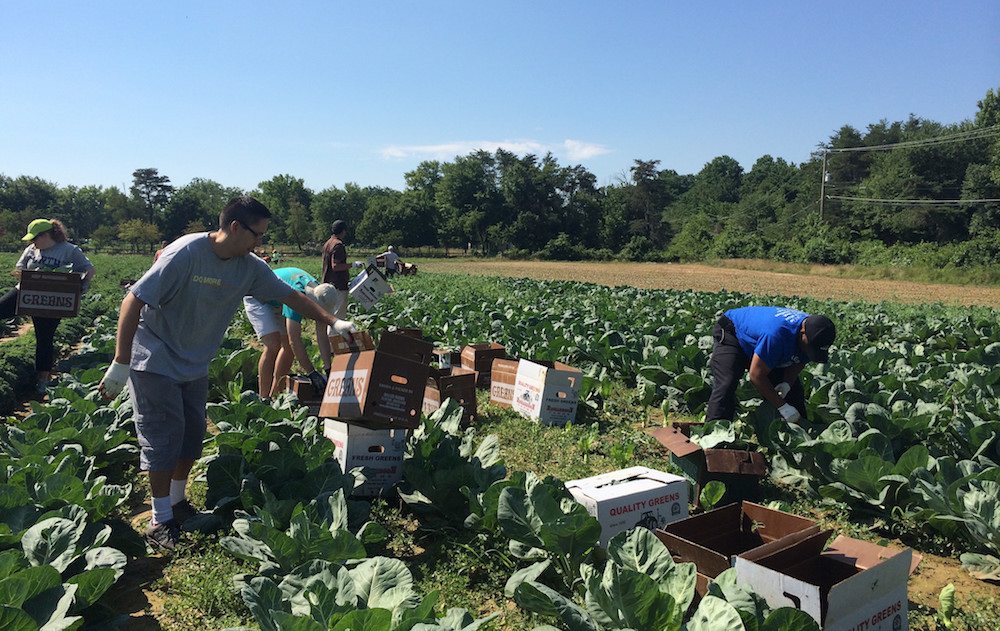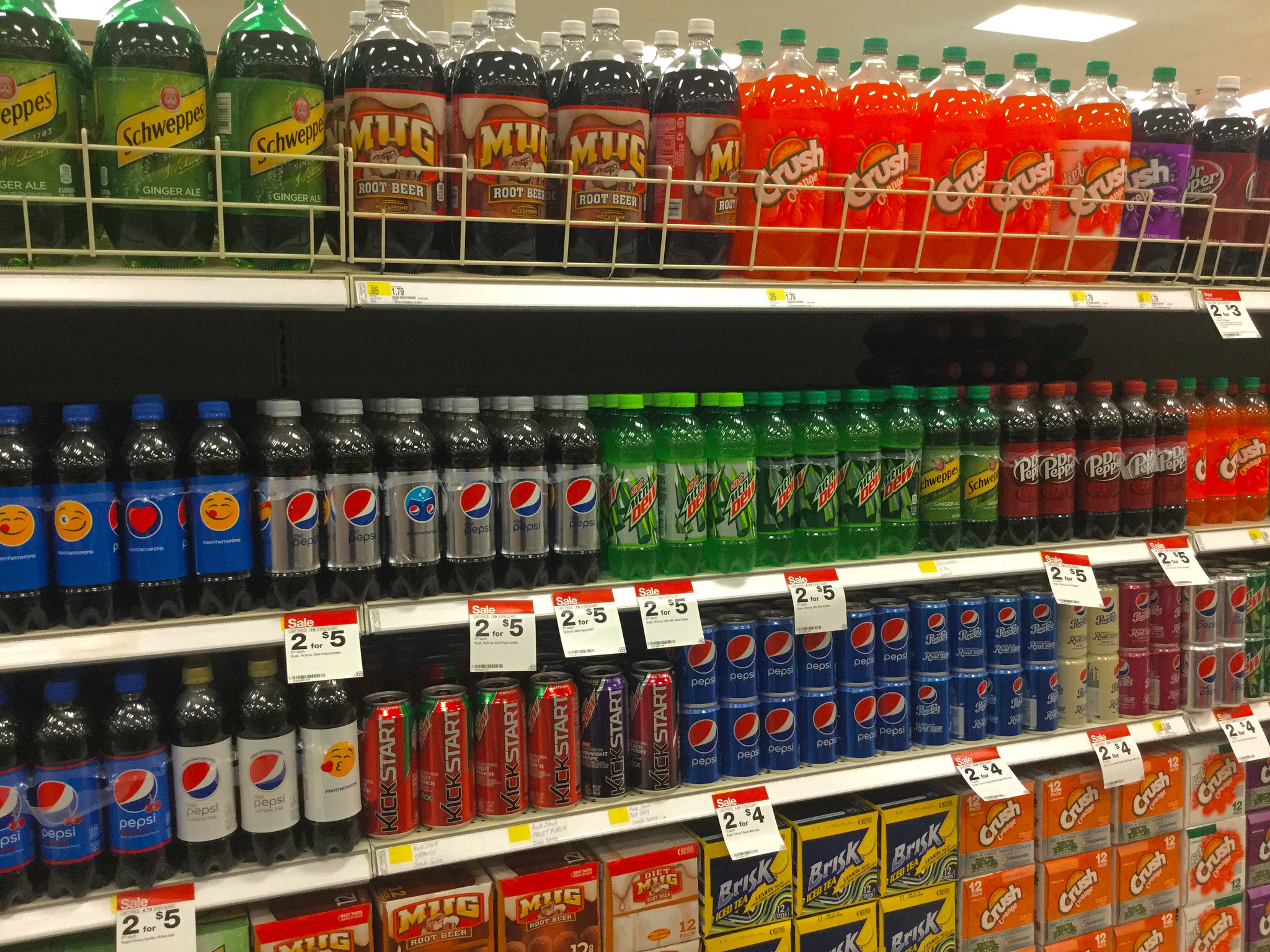Every morning, Jon Sewell gets up to mix the dough for cheesy calzones that hungry college students devour from his restaurant, D.P. Dough, in picturesque Iowa City, Iowa. The restaurant serves more than 20 different calzone flavor combinations—five of which could be described as “pork-forward” homages to Iowa City itself.
When Chicago-based GrubHub—which has over 75,000 participating restaurants across the country—took over the local restaurant delivery system in Iowa City this fall, Sewell saw his small business at risk, unable to pay nearly double commission rates or cope with a distant company removed from local issues.
“Here I am a restaurant owner, and my worst fears came true,” says Sewell. “It’s a nice service for the customers, but it has a devastating impact to the restaurants to participate.”
But while the familiar home-delivery giants like GrubHub, Seamless, and Caviar grow as well (GrubHub posted revenues of $158 million at the end of second quarter, 2017—a 32 percent increase from the same quarter in 2016), some insiders suspect the way of the future lies in the other direction, toward smaller, more manageable, locally-oriented ventures. Like Chomp.
“I think it is ultimately where the industry is going,” says John Gordon, founder and principal at Pacific Management Consulting Group, which analyzes and researches the restaurant industry. “It’s a great idea,” he says. “I’m so happy these guys are doing it. I think this would be big restaurant news.”
Chomp kicked off with 20 investors forming a limited partnership to run a joint delivery system, Sewell says. And the company expects to have more than 80 restaurants on board by the new year—30 of which are on Chomp exclusively, according to Sewell.
GrubHub took over 27 locales with its acquisition of OrderUp, many of them college towns like Iowa City
Working in the company’s favor is the size and character of Iowa City, a cultural magnet with 68,000 residents that is home to the University of Iowa’s main campus. “Here in Iowa City, we were able to get all of the top restaurant movers and shakers in a room,” says Sewell. “We knew who they were, and we knew how to get in front of them.
“The key is getting the right restaurant owners,” he says.
And here’s how it works for those owners: Chomp charges commissions of 15 or 7.5 percent, depending on whether a restaurant uses Chomp drivers or its own, Sewell says. OrderUp, the system GrubHub acquired in August, had charged 15 to 18 percent or 8 to 10 percent, depending on drivers, says Sewell.
GrubHub raised its fees to 25 to 30 percent for using its drivers and 15 percent for restaurants doing their own deliveries, according to Sewell.
“So if you’re telling me that another 20 to 30 percent of that has to be paid to some frigging contractor, that’s bad,” he says.
GrubHub says its commission rates are variable and negotiable, but average 17 percent for restaurants nationwide, which it says get plenty of bang for their buck.
“There is a proven, positive impact on revenue growth, order volume and efficiency for restaurants that partner with GrubHub,” said company spokeswoman Katie Norris in an email.
One year after joining GrubHub, restaurants see their monthly takeout revenue grow by an average of 30 percent, six times more than restaurants not using the service, she said. One in five restaurants doubles their takeout revenue one year after working with GrubHub, while small restaurants typically see revenue increase 50 percent after signing on. And GrubHub cuts order processing time by more than 50 percent, said Norris.
“Restaurants beg for change but weren’t willing to pay $100 upfront or even put in another tablet”
Potential rivals armed with venture capital have spent “billions of dollars” trying to compete unsuccessfully with GrubHub, chief executive Matt Maloney said in an appearance in October on CNBC’s “Mad Money” with host Jim Cramer.
“It’s about scale, and we have dramatically more restaurants than anyone else,” Maloney said, adding that GrubHub operated in some 1,300 American cities.
“People want to connect with their restaurants. It’s about the service, and the only thing we do is we connect diners to their restaurants. So all of our platforms are perfectly built just for that interaction,” he said.
GrubHub took over 27 locales with its acquisition of OrderUp, many of them college towns like Iowa City. Other locales are College Station, Texas, Indianapolis, Cincinnati, Providence, Rhode Island, Nashville, Phoenix, Baltimore, Buffalo, New York, Lawrence and Manhattan, Kansas and State College, Pennsylvania.
Gordon, meanwhile, says he is skeptical of GrubHub’s promise of boosted sales.
“If it was 10 percent, that would be great. I’m not sure that sustained over a long period of time, we’re going to see sales gains more than that.
“You may get that over a very short bump, but I almost guarantee you it’s not going to sustain over time. The first month might be great, but what about month 22?” Gordon says.
The biggest challenges facing Chomp are partnership problems, if restaurant owners cannot work together, and the effort required for aggressive marketing, experts say.
“People want to work with local companies, local restaurants. However, a GrubHub, a Seamless, a DoorDash, its one-stop-shop. It’s so convenient”
Shake Saleem can attest to that. He tried a short-lived venture earlier this year to organize restaurants in New York City to build a lower-cost alternative to Seamless. “Restaurants didn’t do their parts, and we realized very quickly that we cannot help restaurants through delivery,” Saleem says. “Restaurants beg for change but weren’t willing to pay $100 upfront or even put in another tablet when I would pay for it. It was really disappointing,” he says.
Also in New York City, Teddy Rowland, owner of the Endless Summer restaurant, tried this year to go it alone, shunning participation in the big delivery systems to run an online delivery platform independently.
“We failed,” he says. “I got a few loyal members, and it had legs, but ultimately it paled in comparison to Seamless, GrubHub and Caviar.”
Rowland’s system required more steps for ordering and had less customer recognition than those offered by the big companies, he says.
Supporters of local alternatives say they still have faith. “Nobody really understands delivery yet,” says Gordon. “Once Wall Street understands that, oh, wow, the variable profit on this is so much less, there’s going to be a backwash.”
At Chomp, Sewell says: “We’re one example of what a community can do…. This could be an alternative that helps restaurants keep their doors open.”
Eventually, he predicts the big delivery systems will strangle the very restaurants they rely on with oppressive commissions. “It’s unsustainable,” he says.
The person who figures out the mystery of food delivery, unraveling the advantages of scale, convenience and cost, will have the world in their hands, says Barbara Castiglia, executive editor at Modern Restaurant Management.
“People want to work with local companies, local restaurants. People want to be part of the neighborhood and part of their communities,” she says. “However, a GrubHub, a Seamless, a DoorDash, its one-stop-shop. It’s so convenient.
“Delivery, it seems like it’s been the story of the year,” she says. “Everybody has to pay attention to it. It’s something you really have to think about.”
